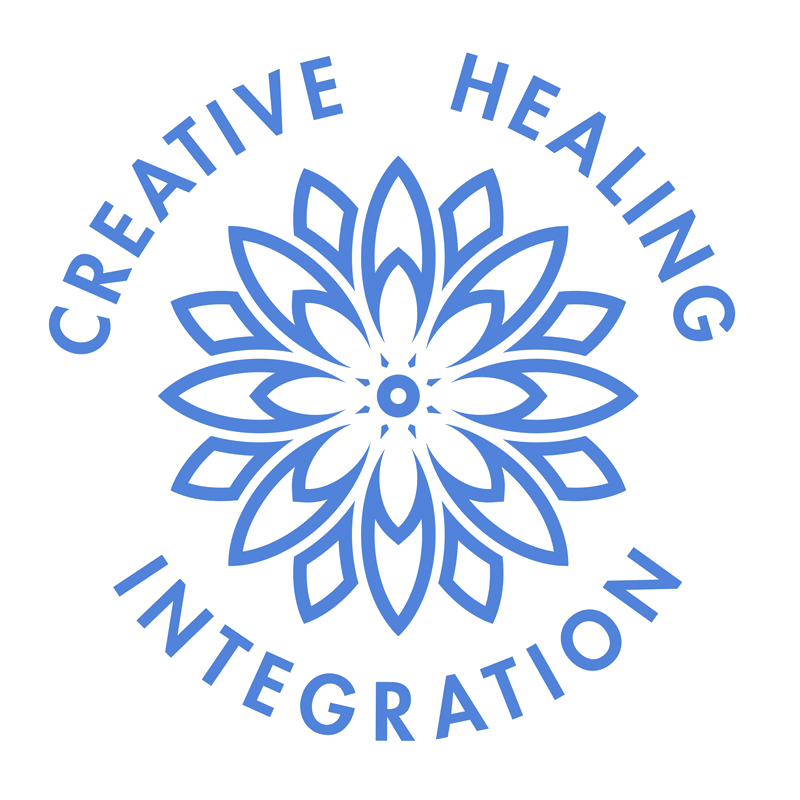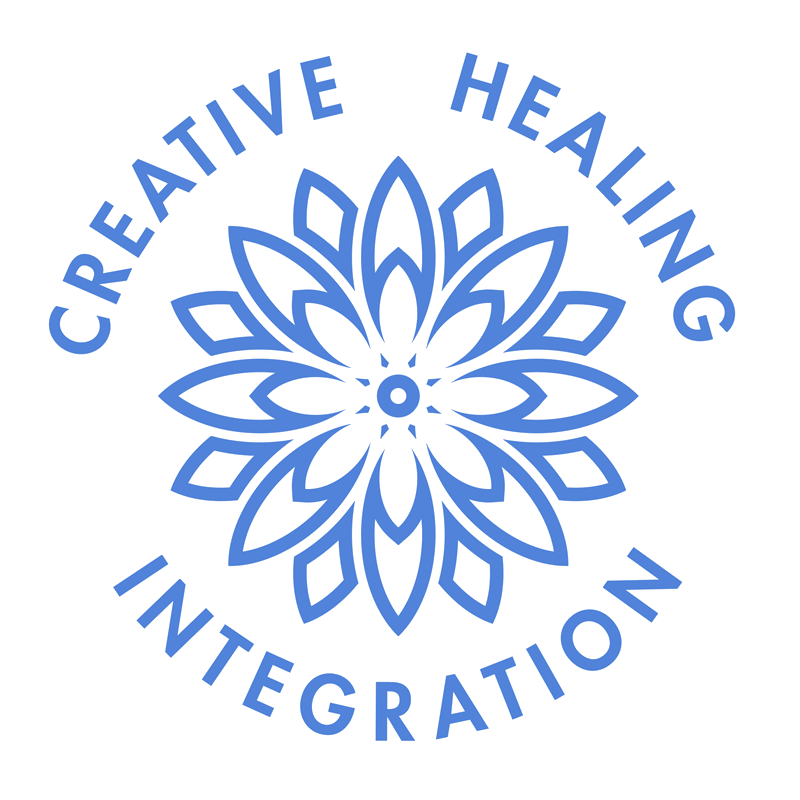How to be Authentic when a Mother Wound is Present

How to be Authentic when a Mother Wound is Present
What is Authenticity?
According to the Merriam-Webster Dictionary, authenticity means “not false, true to one's own personality, spirit, or character, worthy of acceptance based on fact.” In essence, being authentic is about living in alignment with your true self, embracing your emotions, values, and desires, and allowing those aspects of you to be expressed in your interactions and relationships.
What is a Mother Wound?
A Mother Wound can develop in many forms but essentially arises from your relationship with your mother or mothering figure, especially during childhood, when you were most innocent and vulnerable. A Mother Wound may develop if your emotions are ignored, criticized, or misunderstood or if your boundaries are violated, and these actions go unaddressed or unacknowledged. This emotional injury can lead to feelings of inadequacy, self-doubt, and challenges in forming a healthy sense of identity. The core issue is that not being seen or valued authentically over time can make it challenging to be authentic with yourself and others as an adult. You may excel professionally, achieve outward success, or appear confident, but underneath, you may feel an emptiness or disconnection from who you truly are.
A Case Example of the Mother Wound: Dina’s Story
Dina*, a successful professional woman in her late 30s, came to me after a heartbreaking breakup with her fiancé. She had been engaged for nearly two years, and six months before their wedding, her fiancé confessed he had met someone else. To add insult to injury, he suggested they could still be "friends with benefits."
Like Kylie’s story from last month’s blog, Dina was shocked and blindsided, questioning how her seemingly perfect relationship had unraveled so suddenly. To understand Dina’s reaction to her fiancé’s betrayal, it’s important to look at her family dynamics, which played a critical role in shaping her sense of self and relationships. Dina’s mother, a stay-at-home mom, turned a blind eye to her husband's numerous affairs, focusing instead on maintaining appearances, socializing with her bridge club, and turning their home into a picture-perfect showpiece for entertainment. Emotionally, however, her mother was distant. Dina, the only child, adored her mother as a little girl. She would play dress-up with her mother’s jewels until she once broke a heel, and from that point, she was banned from her mother’s closet.
Dina’s father, rarely present, was often away on business trips, and even when he was home, their relationship was distant and unengaged. Dina often wondered if her father even knew her name.
Growing up in this emotionally barren environment, Dina fought hard to become the opposite of her mother. She focused on her career, excelling academically and professionally. However, she struggled with severe anxiety, especially around meeting deadlines at work and maintaining social connections. While she attracted romantic partners due to her beauty and aloof demeanor, her friendships lacked depth, and she never truly believed in the value of her work or relationships. This became painfully apparent the night her fiancé left her, when she realized there was no one she could call for support.
Dina’s Mother Wound
Dina’s attachment to both her parents was insecure. In her childhood, she lacked the critical components of secure attachment: attention, responsiveness, and attunement. In fact, research suggests that even receiving attunement 30% of the time is enough to form a secure bond, but Dina did not receive this from either parent.
Her Mother Wound can be classified as an Invisible Wound—one that stems from a lack of emotional presence. Dina developed an avoidant attachment style as a result. She had unconsciously internalized her mother’s emotional distance and lack of interest in the messiness of real human connection. This wound was repeated in her romantic relationships, as she believed that keeping emotional distance would protect her from being hurt. However, this ultimately led to a painful emotional disconnect with her fiancé.
How Can You Be Authentic When a Mother Wound is Present?
1. Recognize the Wound: A critical first step is recognizing and naming your Mother Wound. Understand that it stems from your early experiences and that it has likely influenced your patterns in relationships, self-perception, and emotional expression. Once you acknowledge the impact of the wound, you can begin to heal.
2. Reconnect with Your Emotions: Authenticity means allowing your genuine emotions to surface and be expressed. For those with a Mother Wound, emotions may have been shut down or invalidated in childhood. Dina, for example, learned to suppress her feelings, and this detachment followed her into adulthood. Relearning how to feel, label, and express your emotions without fear is a crucial part of healing.
3. Find Safe, Supportive Relationships: Being authentic can be frightening, especially if you have not learned how to do so in a safe environment. Surround yourself with people who accept and encourage your vulnerability. Whether it’s through therapy, close friendships, or support groups, finding people who value honesty and emotional openness is key to developing your authenticity.
4. Build Trust with Yourself: You cannot be authentic with others until you build trust with yourself. Authenticity begins by being honest about your own needs, desires, and boundaries. Start small—practice expressing your thoughts and feelings in low-stakes situations and gradually work toward greater self-disclosure. Over time, your confidence in your own voice will grow.
5. Release the Need for Perfection: People with Mother Wounds often struggle with perfectionism to gain external validation or approval. However, being authentic is not about being perfect. It’s about being real, flaws and all. Dina, for instance, prioritized perfection in her career and social life, but this masked a deeper sense of unworthiness. Let go of the pressure to be perfect and focus instead on being present and genuine.
6. Seek Professional Support: If navigating your Mother Wound feels overwhelming, seeking professional help can provide invaluable guidance. Therapy can help unpack unconscious patterns, provide tools for emotional regulation, and offer a safe space for practicing authenticity. There are many therapeutic approaches, such as trauma therapy, somatic therapy, and attachment-based therapy, that can help you heal and become more in touch with your authentic self.
Conclusion: Authenticity is a Journey
Being authentic when you have a Mother Wound is not an easy journey, but it is a transformative one. The wounds of the past do not have to dictate your future, and healing is possible through self-awareness, emotional expression, and finding supportive, loving relationships. Remember, authenticity is about being true to who you are, not about conforming to someone else’s expectations or keeping up appearances.
If you resonate with Dina’s story or feel a Mother Wound is holding you back from your authentic self, know that you are not alone. Please read my blog on attachment styles and the Mother Wound, or read my book, where I go into more depth and include many exercises to assist in understanding and overcoming your attachment wounds. These resources and support are available to help guide you through the healing process.
(*Names and details have been changed for confidentiality purposes.)


0 comments
Leave a comment
Please log in or register to post a comment